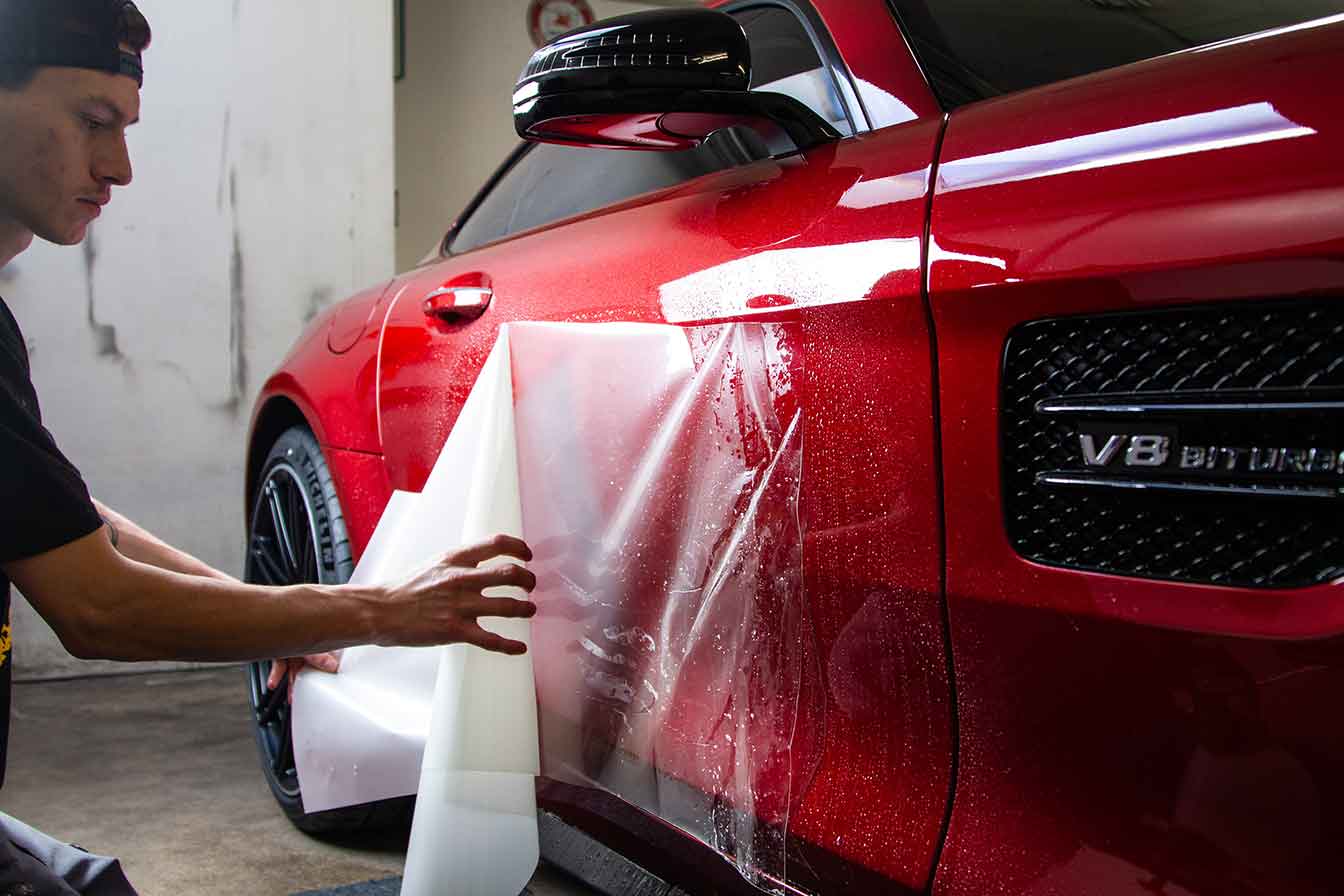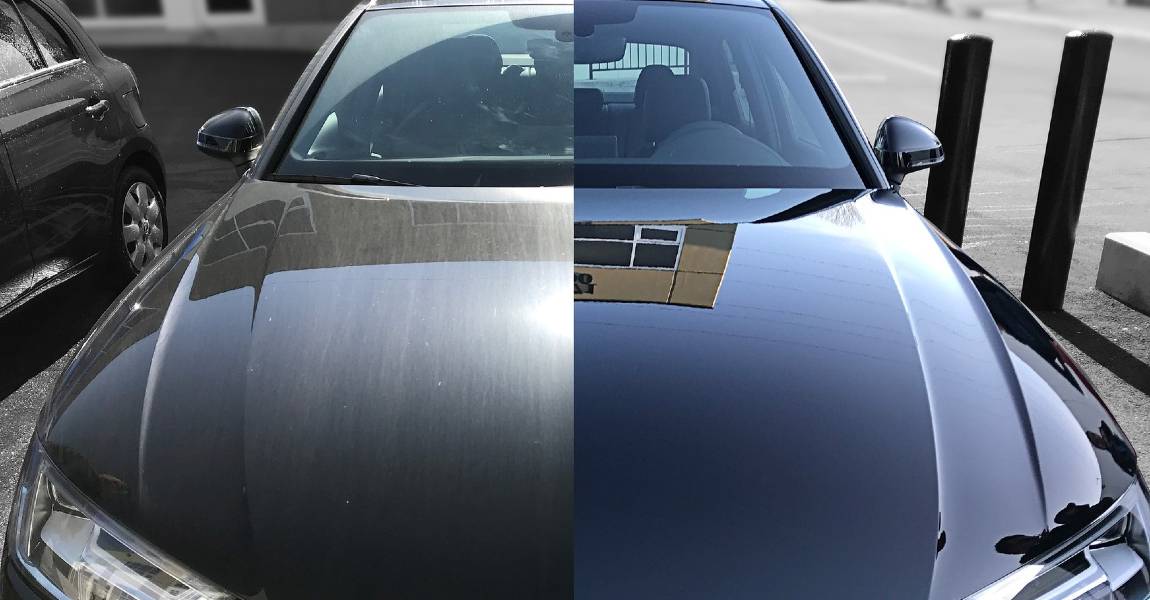Find top-quality car detailing services for a flawless car finish.
Find top-quality car detailing services for a flawless car finish.
Blog Article
A Comprehensive Guide to the Types of Ceramic Finishing on the Market
Ceramic finishes have emerged as an essential remedy across various markets due to their special residential properties and applications. As we discover the distinctive attributes and applications of these coatings, the ramifications for efficiency and long life become significantly obvious, elevating inquiries regarding which type might best match your demands.
Recognizing Ceramic Coatings
Ceramic layers are innovative safety remedies that have actually obtained appeal in numerous markets, particularly in automobile and aerospace applications. These coatings include a fluid polymer that, when cured, creates a durable, hydrophobic layer on the surface area of the substratum. This layer gives improved resistance to environmental contaminants, UV radiation, and chemical exposure, thereby expanding the life and visual charm of the underlying material.
The essential component of ceramic coverings is silica, which adds to their hardness and resilience. The application procedure commonly entails surface area preparation, application of the coating, and healing, which can be achieved via warmth or UV light. As soon as treated, ceramic finishings show exceptional bonding homes, permitting them to stick strongly to a variety of surface areas, consisting of steels, plastics, and glass.
In addition to their safety attributes, ceramic finishes also supply simplicity of maintenance. Their hydrophobic nature lowers the adherence of dirt and grime, making cleaning simpler and less regular. Generally, the adoption of ceramic finishings represents a substantial improvement in surface security modern technology, supplying both functional and visual benefits across numerous sectors.
Kinds of Ceramic Coatings
Various kinds of ceramic finishings are available, each created to meet specific performance needs and applications - Auto Detailing. The most common types include:
Silica-based Coatings: These finishes mainly consist of silicon dioxide and are recognized for their toughness and chemical resistance. They are widely made use of in vehicle and commercial applications.
Titanium Dioxide Coatings: Renowned for their photocatalytic buildings, titanium dioxide coatings are often applied in settings where self-cleaning and antifungal residential properties are preferable, such as in building products and automotive coatings.
Zirconia Coatings: Defined by their high-temperature stability and thermal resistance, zirconia finishes are utilized in applications such as wind turbine engines and high-performance auto components.
Alumina Coatings: Displaying superb solidity and thermal security, alumina coverings are often used in wear-resistant applications, consisting of cutting devices and industrial equipment. - Car Detailing
Crossbreed Coatings: Combining the buildings of numerous products, hybrid layers supply improved performance characteristics, making them ideal for distinct and requiring applications.
Each sort of ceramic layer offers unique purposes, allowing customers to choose the most proper service based upon particular ecological conditions and performance needs.
Advantages of Ceramic Coatings
Coatings play a vital role in improving the efficiency and longevity of surface areas throughout numerous industries. Ceramic finishes, in particular, offer numerous benefits that make them progressively popular among makers and consumers alike. Among the primary advantages is their remarkable durability. These finishes are immune to scratches, chemicals, and UV rays, making certain that the underlying surface stays safeguarded over time.
Along with toughness, ceramic layers offer outstanding hydrophobic properties, permitting for simple cleansing and maintenance. This water-repellent nature reduces the adherence of dirt, crud, and other impurities, which can prolong the aesthetic learn this here now allure and performance of the surface area. Ceramic finishings can considerably boost thermal resistance, making them excellent for applications that endure high temperature levels.

Application Process
When applying ceramic coverings, a meticulous technique is important to attain ideal outcomes. A clean surface area guarantees correct adhesion of the layer.
When the surface area is prepped, the following step is to apply the ceramic covering. The layer ought to be applied in thin layers, as thicker applications can lead to uneven coatings.
After application, the layer needs a specific curing time, commonly varying from a few hours to a full day, depending on the item. Complying with these steps vigilantly will make the most of the effectiveness and longevity of the ceramic layer, giving a sturdy safety view website layer for the surface.
Upkeep and Long Life
To guarantee the longevity and efficiency of a ceramic covering, regular upkeep is essential. Ceramic layers, recognized for their resilience and protective top qualities, need specific care regimens to optimize their life-span and performance.
Along with routine cleaning, routine assessments are vital. Look for indications of wear or damages, such as hydrophobic residential properties diminishing or surface flaws. If necessary, a light polish may be put on rejuvenate the finish without removing it away.
Additionally, the application of a booster spray can improve the coating's hydrophobic effects and recover its gloss. This is especially advantageous for coverings that have actually remained in usage for a prolonged period. Eventually, by sticking to these upkeep methods, one can considerably expand the published here life of a ceramic coating, making certain that it remains to offer optimal security against environmental aspects and preserve the visual appeal of the vehicle.
Conclusion

Report this page